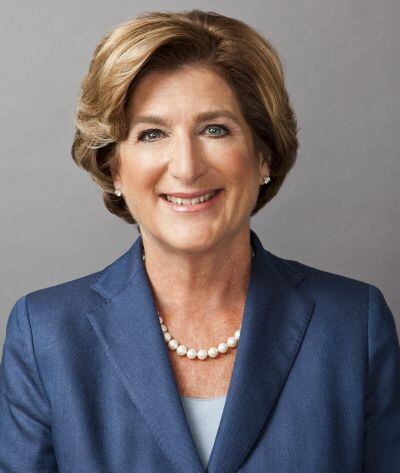In a briefing note issued on October 11,** Bernstein analysts Alexia Howard and Zhihan Ma note that big CPG brands are facing significant pricing pressure from retailers who are allocating more space to up-and-coming challenger brands, ramping up private label efforts to take on Aldi and Lidl, and sharpening prices to fend off the long-term threat from Amazon.
Target recently unveiled a new EDLP (every day low pricing) policy, slashing prices on thousands of products; Amazon has been cutting prices at Whole Foods; while Walmart has been engaged in protracted pricing discussions with suppliers, say the analysts.
“…Walmart has always been a tough negotiator on pricing, [but] industry veterans report that the process this year has been much less collaborative ... In years past, a short but intense few weeks of price negotiations would then give way to collaboration with suppliers around innovation, merchandising and marketing of exclusive new products. However, our understanding is that this year the focus has remained on the pricing question for many companies.
“Indeed, Campbell Soup’s CEO Denise Morrison commented on the company's recent earnings call that: ’Unfortunately, this year, we've been unable to reach an agreement with a large customer on a promotional program for soup.’”

“Unfortunately, this year we’ve been unable to reach an agreement with a large customer on a promotional program for soup.
“We expect this will negatively impact our US soup sales with this customer, particularly in the first-half Accordingly, we now expect our soup sales to decline in fiscal 2018. We are taking a number of steps to mitigate the profit risk, and of course, we’re continuing discussions with this customer to create a win-win solution.”
Denise Morrison, Q4, 2017, earnings call, Aug 31, 2017
“Because there are so many options in the world of food, and because consumers increasingly seem to be becoming less loyal to big established brands, we worry that companies may be forced to reduce prices over a long period of time as retailers push private label products and allocate more shelf space to up and coming challenger brands.”
Alexia Howard and Zhihan Ma, Bernstein, October 11, 2017

“Today, natural and organic foods and beverages represent 9% of sales within brick and mortar. Of online food and beverage sales, 29% is natural organic food… This represents an increasing opportunity for us as more and more consumers will shop online today.”
Irwin Simon, CEO, Hain Celestial, Q4, 2017, earnings call, August 29, 2017
Nielsen data and company reports tell a different story
Right now, Nielsen data suggests that average retail price growth for the packaged food companies Bernstein covers has actually increased very slightly in 2017, while the percentage of sales generated from promotions has dropped.
However, the companies’ quarterly reports “tell a different story,” say the analysts. “They have been reporting slightly negative year-over-year price growth, even as volumes continue to deteriorate… [for example, Kellogg North America has seen sharp volume declines on relatively flat pricing in recent months].
“While Nielsen data suggests that consumers are paying higher prices for food products, this is not necessarily what companies are receiving from retailers.
“Companies' reported year on year pricing growth has been slightly down since the second half of 2016, suggesting that CPG companies are offering lower prices/more promotional dollars to retailers, whereas retailers are not necessarily passing these through to the end consumers, which the Nielsen data report.”
According to Nielsen data, perimeter categories such as deli (+2%), produce (+1.7%), bakery (1.3%), and seafood (+1%) are driving growth in US food retail, while grocery (0%), frozen foods (-0.3%), meat (-1.2%) and dairy (-4.4%) were flat or in decline in the year to July 1, 2017.
In the center of the store, there was growth in refrigerated appetizers, egg substitutes, liquid tea, frozen breakfast entrees, and sushi. After a slow first quarter of 2017, prices rebounded for most departments in the second quarter, though dairy continues to face deflationary pressures, says Nielsen.
*Referring to April 2, 1993, when Philip Morris slashed prices on Marlboro cigarettes by 20% to fight back against generic competitors.
** Benstein report: 'US Food: another Marlboro Friday? More like a death by a thousand cuts as retailers ask suppliers for price cuts'
Where next for Hain Celestial?

Up until fairly recently, Hain Celestial was enjoying double-digit sales growth as more consumers embraced the natural and organic brands it specializes in.
However, this strong growth has stalled in 2017, says Bernstein, which says it’s up for debate as to whether Hain should put itself up for sale immediately or drive margin expansion before eventually selling up.
“In fact, we believe there are ample opportunities for cost savings (e.g., SKU rationalization) which could result in savings greater than the $350m target set by the company.
“While Hain has been making meaningful progress to reduce its long tail of small SKUs, we believe there is plenty of room for further SKU rationalization which, combined with repricing and incenting efforts, could yield meaningful dividends.”
